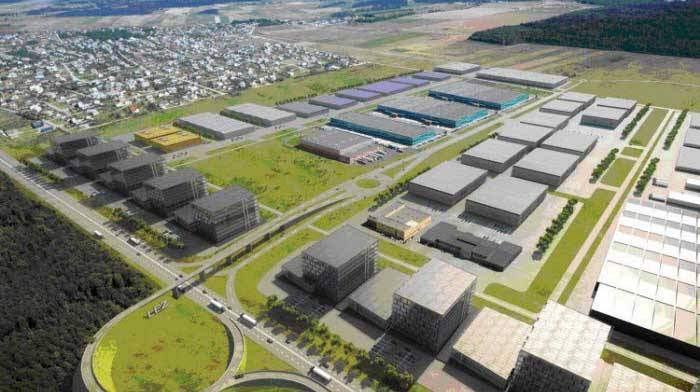
Gwadar Pro
ISLAMABAD – During the 5th Board of Approval (BOA) meeting, Prime Minister Imran Khan approved the Development Agreement (DA) on the first Special Economic Zone (SEZ) at Rashakai under China-Pakistan Economic Corridor (CPEC).
The development agreement was earlier signed between Khyber Pakhtunkhwa Economic Zone Development Management Company (KPEZDMC) and China Road and Bridge Corporation (CRBC) for undertaking development at Rashakai SEZ.
“All formalities for the operation of Rashakai SEZ, the fisrt CPEC SEZ, have been completed. In an unprecedented move, the development agreement between KPEZDMC & CRBC of Rashakai SEZ was endorsed during the 5th BOA meeting held under the leadership of PM Imran Khan,” the Chairman Board of Investment Zubair Gillani stated in his tweet after the BOA meeting.
During the meeting, development agreement for another SEZ in Hub, province of Balochistan also got approved.
Pakistan plans to operationalize its first SEZ under CPEC by 2021.
Hassan Daud, CEO of Khyber Pakhtunkhwa Board of Investment and Trade said given the DA has been approved in high-level meeting, the inauguration of Rashakai would be conducted soon.
The Khyber Pakhtunkhwa province acquired 1,000 acres of land for Rashakai Economic Zone for the first phase and the provincial government wanted to acquire 2000 acres more to expand it for next phase.
The SEZ is equipped with electricity provision, boundary wall, water supply and all other provincial utilities. It will be able to locate industries like fruits, food processing, textile stitching, kitting etc.
Pakistan and China had signed Memorandum of Understanding (MoU) for industrial cooperation on eve of Joint Cooperation Committee meeting held at Beijing by end of 2018. The establishment of SEZ with successful model and relocation of industries from China will be the most critical part of Pakistan’s economy, because it will save Pakistan from dwindling exports, trade deficit and other existing economic difficulties.
Pakistan’s balance of trade improved by $6 billion in first eight months (July-Feb) period of the current fiscal year compared to $21.5 billion recorded as deficit in the corresponding period of last year.
In July-February, exports rose 3.6 percent to $15.6 billion. “The exports of our competitors including India, Bangladesh, Thailand and others are showing declining trends but Pakistan’s exports in both value and quantity terms are achieving growth,” Pakistan’s Advisor to PM on Commerce Abdul Razak Dawood said while talking to reporters.
Imports fell 14.4 percent or $5.5 billion to $31 billion in the first eight months. Official data showed that the country’s exports rose 13.6 percent year-on-year to $2.137 billion in February, which was the second month since July this year when exports achieved a double-digit growth.
Exports of vegetable in the first eight months of the current fiscal year went up 71 percent, followed by meat (52 percent), basmati rice (37 percent), leather garments (13 percent), readymade garments (13 percent), fish (12 percent), footballs (12 percent), leather gloves (9 percent), knitwear (8 percent), surgical goods (7 percent) and bedwear (4 percent).
Exports of certain products declined during the period under review, such as wheat (90 percent), petroleum products (62 percent), oil seeds (58 percent), sugar (24 percent), gloves (20 percent), leather tanned (18 percent), plastic materials (9 percent), cement (6 percent), and cotton clothes (2 percent).








